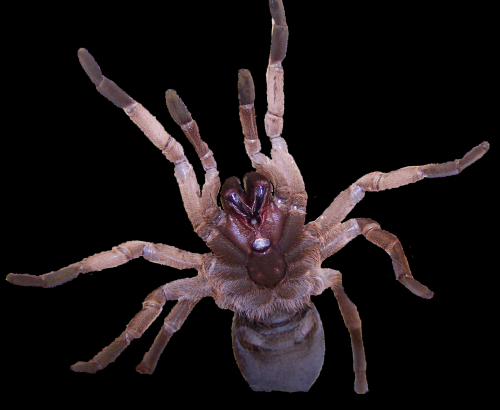Drs. Glenn King and Maggie Hardy at the Institute of Molecular Bioscience, University of Queensland, Australia have discovered a small protein, aptly named orally active insecticidal peptide-1 (OAIP-1), in the venom of Australian tarantulas (Selenotypus plumipes) that can kill prey when ingested orally. According to the study, OAIP-1 is fast acting and more potent than commercial pyrethroid insecticides and is very effective at killing the agricultural pest, cotton bollworm. The authors suggest that OAIP-1 may therefore be useful as a bioinsecticide. The authors conclude that it may be possible to engineer plants to express this protein to create insect-resistant crops as is already done with other spider venoms for tobacco, cotton and poplar.
Sources:
Hardy MC, Daly NL, Mobli M, Morales RAV, King GF. Isolation of an Orally Active Insecticidal Toxin from the Venom of an Australian Tarantula. PLoS ONE 8(9): e73136, 2013. DOI: 10.1371/journal.pone.0073136

